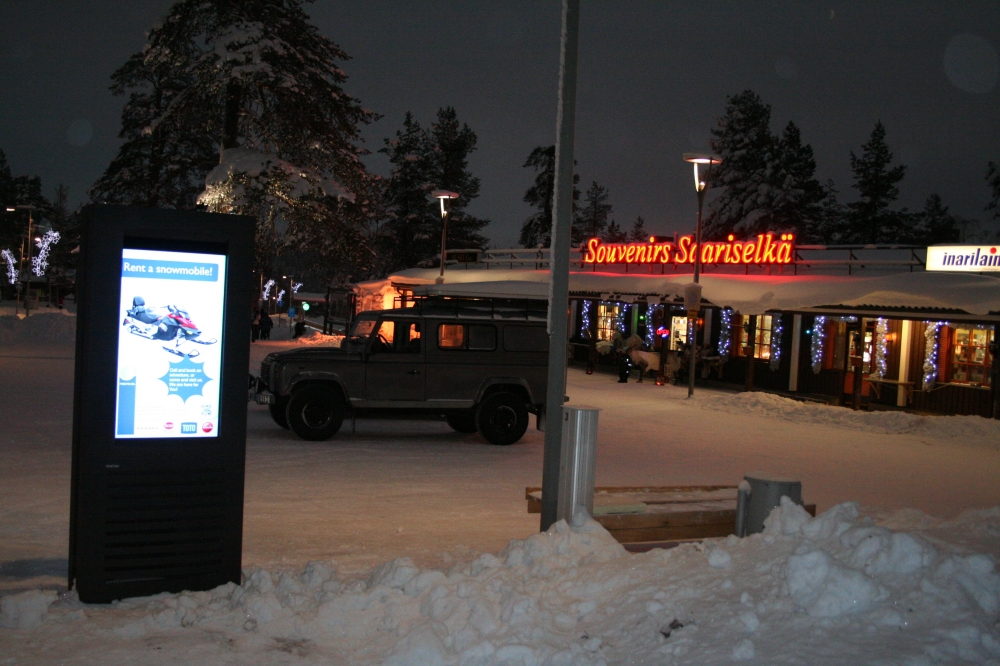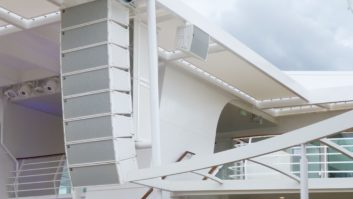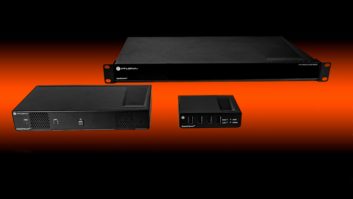
Following a look at the common challenges AV companies face when working in the harshest environments, and insight from audio and display manufacturers on what they have to do differently to ensure performance, Ian McMurray concludes by assessing the issues surrounding IP ratings.
“A device’s IP rating is obviously important,” believes Bradford Benn, solutions manager, Harman Professional Solutions, “but you should also look at durability and life expectancy – that is, how many hours the device is rated for and how it will stand up over time. You should always consider both the operating and storage temperatures, especially for installations where it can be either very hot or very cold during certain times of the year.”
Baird develops the theme. “IP ratings are only half the story at best,” he avers. “Additionally, you need to look for UV stability of enclosures and also at things such as salt spray tests, in order to determine the likely colour-fastness and corrosion resistance of the product over time. A product’s operating temperature and relative humidity range are also often specified. Beware of products where this information is unavailable. Environmental testing is time consuming and therefore costly. It also usually throws up some surprises too, so experience is a key factor in designing products which will last in harsh environments.”
Infinitus’s Dikran Tawitian, head of marketing and sales at Infinitus Outdoor, however, is vehement in his belief that users and installers need to tread with care. “Its IP rating absolutely does not tell you whether you can expect an AV product to perform in extremes of heat/cold, rain/snow or dust/contaminants,” he considers. “The IP rating is only part of the story, and you need to understand the complete thermal management system to be able to judge. For example: an IP66 enclosure is good, because it will be clean. But on the other hand, you need to know how to create an operational environment for an LCD display in that closed box – otherwise, it will just be big oven.”
In other words: a product’s IP rating is a rough guide as to the conditions under which a product can be expected to operate – but no more than that.
Misleading
Building on Tawitian’s point, Tim Burnham, president of Tempest believes it’s also important to be realistic.
“IP ratings can be misleading with high-power equipment, since it is essential to blow large amounts of air through them. This inevitably means that we need to provide large, filtered vents for the air to pass through. The inlet vents are invariably filtered to prevent passage of dust particles larger than 10 microns, but we have to allow some level of dust ingress along with the air, or there would be no ventilation. Tempest enclosures are tested and approved to NEMA 3R, a weatherproof standard for electrical enclosures. I think the most important thing with Tempest enclosures is that they are proven to work.”
Designing products for harsh environments is, of course, all about reliability – but maintenance of those products is likely to be more taxing than the norm. Few companies have more experience in this than Alcorn McBride.
Remote monitoring
“Being in themed entertainment, harsh environments are the norm for us,” laughs the company’s director of sales, Scott Harkless. “Access to the product is often difficult, so you really want to avoid systems that need to be rebooted often or have hardware cleaned, replaced or reseated. Computer-based systems are an obvious no-no for these very reasons. Remote monitoring is, of course, very important but easily solved as most professional-grade equipment has Ethernet functionality.”
Installing AV systems in inhospitable environments is not to be undertaken lightly – but, done well, it can be financially rewarding, according to David Weatherhead, president of integrator Advanced.
“If they’re done right, they’re a great way to add profit,” he says. “Frequently, though, I see competitors cut corners selling outdoor displays that will not survive the Canadian climate. The client can often put pressure on you to go for a cheaper solution, but in the end it will be a huge money pit when the display fails and has to be completely replaced with a new more robust solution – the one that should have been selected in the first place. We simply will not sell a solution we do not believe will work for the long term in the local environment.”
Given the strides the industry has made in developing products significantly more robust and reliable than the typical phone, tablet or laptop, there can be few excuses for getting it wrong.
IP ratings: a quick guide
While the first digit is often used to determine the extent to which a product is dust-tight, it also indicates the extent to which any foreign body can be inserted into the enclosure. The second digit describes the extent to which a product is waterproof – from protection against condensation (1) to the ability to operate in conditions of complete immersion (8). Thus, an IP57 rated product should not be susceptible to harmful dust and should operate even after temporary immersion.
www.advanced-inc.com
www.harman.com
www.infinitus-outdoor.com
www.tempest.biz







